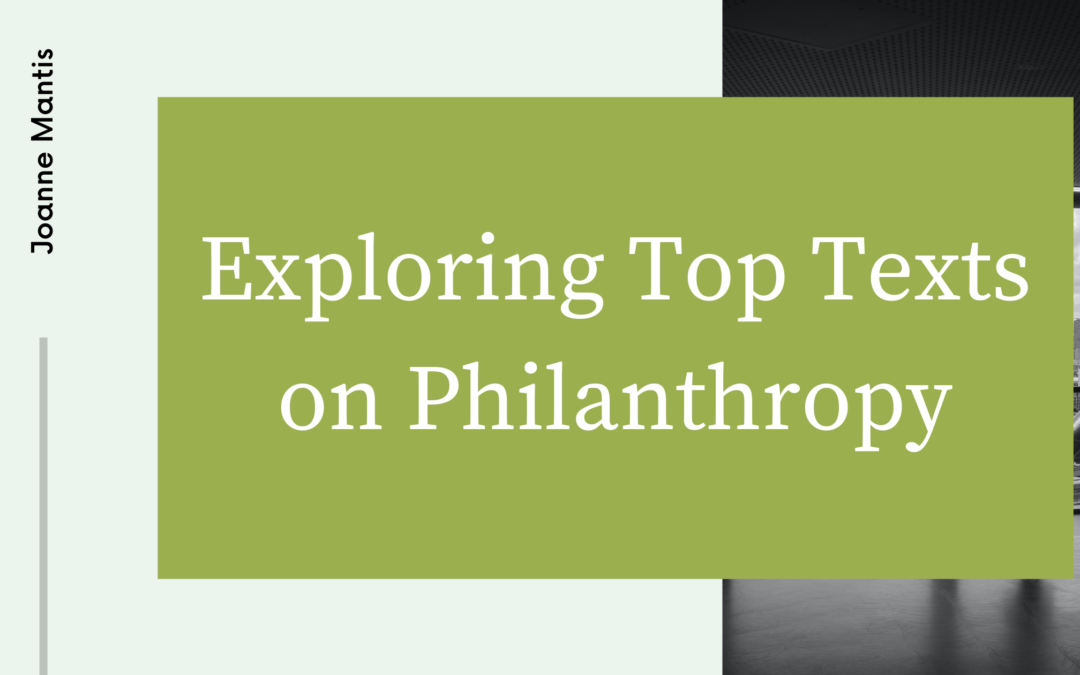When it comes to philanthropy, there is hardly a shortage of great reading material. Blogs and long-form articles alone consistently provide key insights and tips for aspiring philanthropists. At the same time, traditional texts still serve as a fantastic resource for new nonprofits, and top titles span decades of best practices and crucial advice.
That said, here are a few ideal philanthropy texts to add to your nonprofit’s bookshelf.
Giving Well: The Ethics of Philanthropy by Patricia Illingworth, Thomas Pogge & Leif Weinar (eds)
“Giving Well” dives into the philosophical side of philanthropy, a concept that many nonprofits overlook in favor of their immediate goals and ambitions. Namely, the text discusses the ethical implications of philanthropic activity, such as the obligation to help the less fortunate and whether the inherent power dynamic in philanthropy creates problems.
Halftime: Moving From Success to Significance by Bob Buford
Buford spends most of this great text focusing on life’s “second half” as an opportunity to give back, tapping into all that one has gained during their first half of life. The text’s primary message is a simple, yet thought-provoking one: while you may be at the so-called “mid-life crisis” stage of life, the reality is that you have only just made it to a new philanthropic frontier — should you choose to embrace it.
Civil Society, Philanthropy and the Fate of the Commons by Bruce R. Sievers
By taking a long, critical look at the impact of philanthropy on civil society, Sievers is able to clearly illustrate the ways such endeavors can properly work in a functional democracy. Philanthropy is linked to broader societal issues and concepts, underlining the importance of charitable activity in the collective modern world.
The Promise of a Pencil: How an Ordinary Person Can Create Extraordinary Change by Adam Braun
“The Promise of a Pencil” primarily focuses on the story of its author, Adam Braun, and how he “turned $25 into more than 200 schools around the world through the organization, Pencils of Promise, which he founded. However, this text is more than a mere success story; it strives to portray a living example of risk-taking and ambition, using each chapter to delve into the process of making philanthropic dreams a reality.
